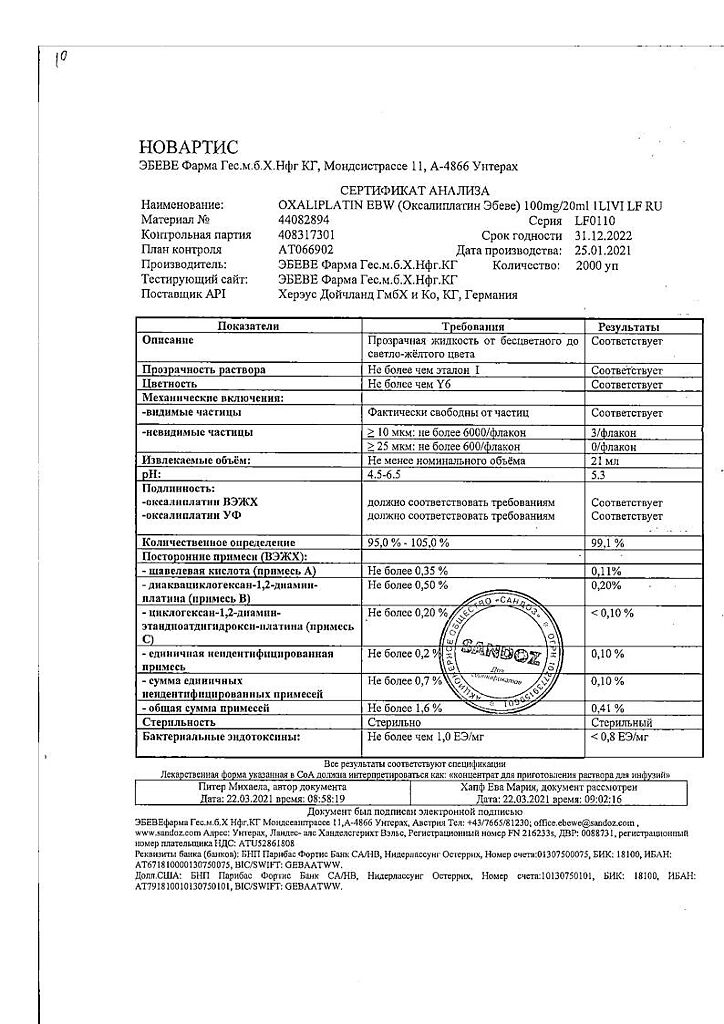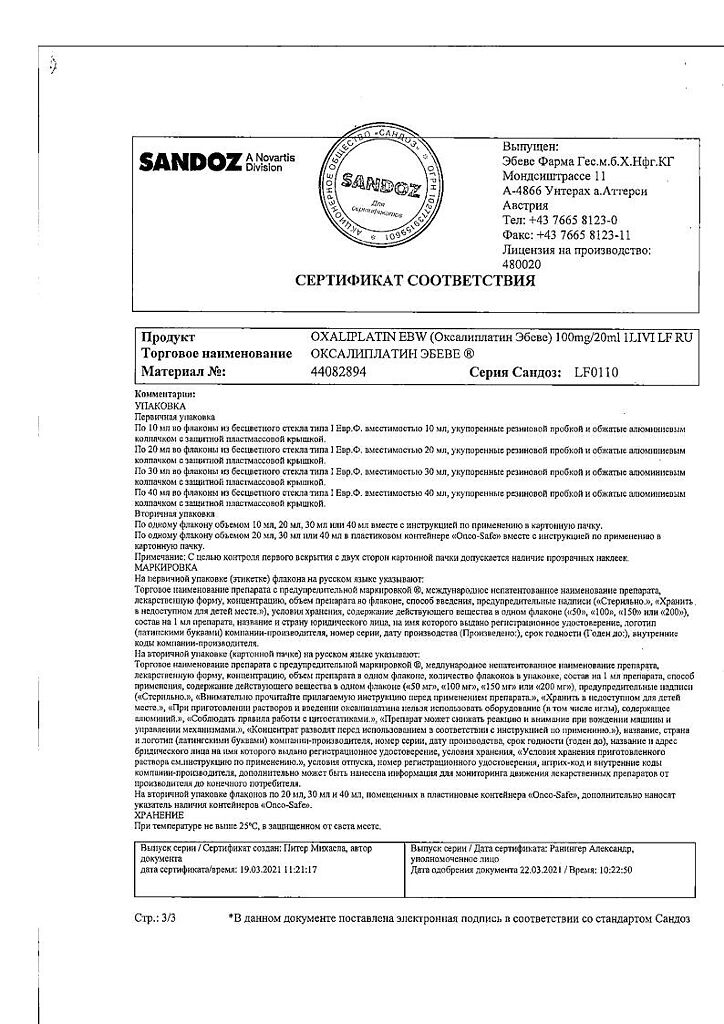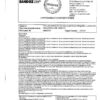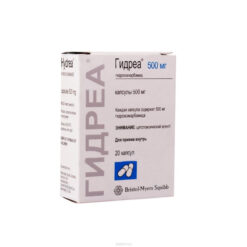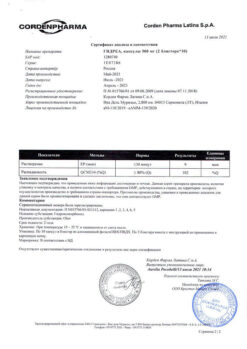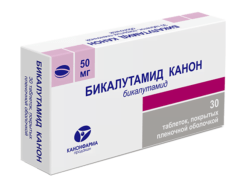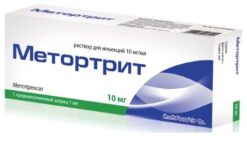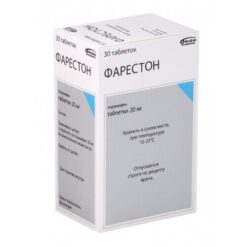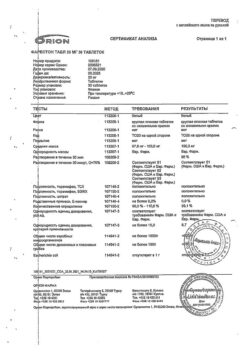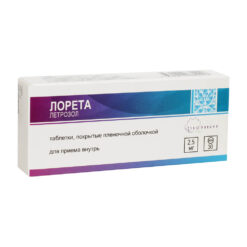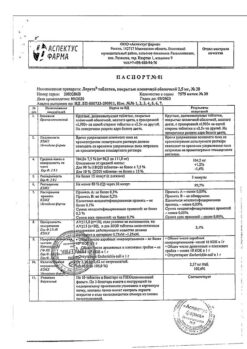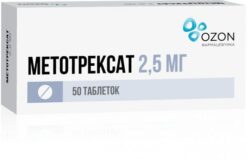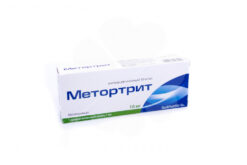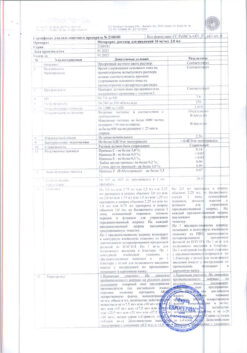No products in the cart.
Description
Cancer
- Adjuvant therapy for stage III (Duke C) colorectal cancer after radical resection of the primary tumor in combination with 5-fluorouracil and calcium folinate;
- disseminated colorectal cancer (as monotherapy or combination therapy with 5-fluorouracil/calcium folinate);
- ovarian cancer (as second-line therapy).
.
Indications
Indications
Adjuvant therapy for colorectal cancer stage III (Duke C) after radical resection of the primary tumor in combination with 5-fluorouracil and calcium folinate;
disseminated colorectal cancer (as monotherapy or combination therapy in combination with 5-fluorouracil/calcium folinate);
ovarian cancer (as a second line of therapy).
Special instructions
Special instructions
Oxaliplatin-Ebeve should only be used under the supervision of an oncologist with experience in working with anticancer drugs.
Regularly (once a week), as well as before each administration of the drug, the formed elements of peripheral blood and indicators of kidney and liver function should be monitored.
Before starting each cycle of therapy with Oxaliplatin-Ebeve, a neurological examination should be performed to identify signs of neurotoxicity. Patients should be informed of the possibility that symptoms of peripheral sensory neuropathy may persist after completion of treatment. Localized moderate paresthesia with functional impairment can persist for up to 3 years after the end of the drug according to the adjuvant therapy regimen.
Reversible posterior leukoencephalopathy syndrome (RPLS) has been reported in patients receiving oxaliplatin in combination with other chemotherapy drugs. SIOL is a rare, reversible, rapidly developing neurological complication. The main clinical manifestations of SZOL are headache, dizziness, nausea, vomiting, epileptic seizures, behavioral disorders, disorders of consciousness (from drowsiness to coma) and visual disturbances in the form of hemianopia, scotoma, cortical blindness. Since PVOL is a potentially life-threatening neurological syndrome and, in the absence of timely treatment, can be complicated by the development of massive cerebral infarction, its early diagnosis is especially important, determining the correct treatment of patients. Diagnosis of SZOL is based on brain imaging using computed tomography or magnetic resonance imaging.
If respiratory symptoms appear (dry cough, dyspnea, wheezing or pulmonary infiltrates detected on X-ray), treatment with Oxaliplatin-Ebeve should be suspended until the presence of interstitial pneumonitis is ruled out.
For the prevention and treatment of gastrointestinal symptoms such as nausea and vomiting, the use of antiemetic drugs is indicated. Symptoms such as dehydration, paralytic ileus, intestinal obstruction, hypokalemia, metabolic acidosis and renal failure may be due to severe diarrhea or vomiting, especially when Oxaliplatin-Ebeve is used in combination with 5-fluorouracil.
Patients should be properly informed of the risk of diarrhea/vomiting, mucositis/stomatitis and neutropenia when using oxaliplatin and 5-fluorouracil, as well as the need to contact their physician if these adverse effects occur for appropriate adjustment of therapy.
If liver dysfunction is detected or portal hypertension occurs, which is not associated with the presence of metastases in the liver, in very rare cases, a drug-induced disorder of the vascular bed of the liver may occur, namely the development of obliterating endophlebitis of the hepatic veins.
Patients with a history of allergic reactions to other platinum compounds should be monitored for allergic symptoms.
In the event of an anaphylactic-like reaction to Oxaliplatin-Ebeve, the infusion should be interrupted immediately and appropriate symptomatic treatment should be prescribed. Further use of Oxaliplatin-Ebeve in case of allergic reactions is contraindicated. In case of extravasation, the infusion should be stopped immediately and local symptomatic treatment should be started. The remaining dose of the drug should be injected into another vein.
Women and men should use reliable methods of contraception during treatment and for 6 months after the end of therapy with Oxaliplatin-Ebeve. Because oxaliplatin has genotoxic effects that may be irreversible, men wishing to have children are advised to consider sperm preservation before starting treatment.
When using Oxaliplatin-Ebeve, all usual instructions for the use of cytotoxic drugs must be followed. If the drug gets on the skin, immediately wash the skin thoroughly with soap and water or sodium bicarbonate solution; In case of contact with the eyes, pull back the eyelids and rinse the eye(s) with plenty of water for 15 minutes.
Residues of the drug and all instruments and materials used to prepare the solution for intravenous infusion of Oxaliplatin-Ebeve should be destroyed in accordance with the hospital’s standard procedure for the disposal of waste cytotoxic substances, taking into account applicable hazardous waste disposal regulations.
Impact on the ability to drive vehicles and other mechanisms that require increased concentration
There have been no studies of the effect of Oxaliplatin-Ebeve on the ability to drive a car and operate machinery.
Side effects such as dizziness, nausea, vomiting, transient loss of vision, and other neurological symptoms may, to varying degrees, affect the ability to engage in potentially hazardous activities that require increased concentration and speed of psychomotor reactions.
Active ingredient
Active ingredient
Oxaliplatin
Composition
Composition
1 bottle contains:
Active ingredients:
oxaliplatin 100 mg.
Excipients:
lactose monohydrate.
The bottle contains 100 mg of lyophilisate.
There is 1 bottle in a cardboard package.
Contraindications
Contraindications
Myelosuppression before the start of the first course of therapy with a neutrophil level less than 2000/μl and/or platelets less than 100,000/μl;
peripheral sensory neuropathy with functional impairment before the start of the first course of therapy;
severe renal dysfunction (creatinine clearance less than 30 ml/min);
pregnancy;
lactation period (breastfeeding);
childhood;
hypersensitivity to oxaliplatin, other platinum derivatives or other components of the drug.
With caution: the drug should be prescribed for impaired renal function, rare hereditary forms of lactose intolerance, lactase deficiency or impaired absorption of glucose/galactose (since the composition contains lactose).
Side Effects
Side Effects
According to WHO, adverse reactions are classified according to their frequency of development as follows:
very often (≥ 1/10);
often (≥1/100, <1/10);
uncommon (≥1/1000, <1/100);
rare (≥1/10000, <1/1000);
very rare (<1/10000);
frequency unknown - based on available data, it was not possible to determine the frequency of occurrence.
From the hematopoietic system: very often – anemia, leukopenia, neutropenia, thrombocytopenia, lymphopenia; often – febrile neutropenia (including grade 3-4), sepsis due to neutropenia; rarely – granulocytopenia, hemolytic anemia, immune thrombocytopenia.
From the nervous system: very often – peripheral sensory neuropathy, sensitivity disorders, headache, asthenia, taste disturbance; often – dizziness, meningism, depression, insomnia; infrequently – increased nervousness; rarely – dysarthria, posterior reversible leukoencephalopathy syndrome.
Neurotoxicity is a dose-limiting factor. Symptoms of sensory neuropathy are often triggered by cold. The duration of these symptoms, which usually resolve between courses, increases depending on the total dose of oxaliplatin. Functional impairment in the form of difficulty performing precise movements is a possible consequence of sensory damage. The risk of functional impairment at a total dose of about 850 mg/m2 (10 cycles) is about 10%, reaching 20% in the case of a total dose of 1020 mg/m2 (12 cycles). In most cases, the severity of neurological symptoms decreases or completely stops. In 3% of patients, 3 years after the end of treatment, either persistent local paresthesia of moderate intensity (2.3%) or paresthesia affecting functional activity (0.5%) was observed.
During treatment with oxaliplatin, acute neurosensory manifestations were noted, which usually occurred within several hours after drug administration and were most often provoked by exposure to cold. They were characterized by transient paresthesia, dysesthesia or hypoesthesia, rarely (1-2%) – acute syndrome of laryngopharyngeal dysesthesia. The latter was manifested by a subjective feeling of dysphagia and shortness of breath without objective signs of respiratory distress syndrome (cyanosis or hypoxia), or laryngeal spasm, or bronchospasm (without stridor or wheezing). Such phenomena as spasm of the jaw muscles, dysesthesia of the tongue, dysarthria and a feeling of pressure in the chest were also observed. Typically, these symptoms were quickly relieved both without the use of drug therapy and with the administration of antihistamines and bronchodilators. Increasing the duration of infusion during subsequent cycles of oxaliplatin therapy can reduce the incidence of this syndrome.
From the senses: often – conjunctivitis, visual impairment; uncommon – ototoxicity; rarely – transient decrease in visual acuity, loss of visual fields, hearing loss, auditory neuritis, optic nerve neuritis, deafness.
From the respiratory system: very often – cough, shortness of breath; often – rhinitis, upper respiratory tract infections, chest pain; rarely – pulmonary fibrosis, intestinal lung diseases, sometimes with death.
From the digestive system: very often – nausea, vomiting, diarrhea, stomatitis, mucositis, abdominal pain, constipation, loss of appetite, increased alkaline phosphatase levels, liver enzyme activity, bilirubin content, LDH; often – dyspepsia, hiccups, gastroesophageal reflux, bleeding from the gastrointestinal tract (including from the rectum); infrequently – intestinal obstruction, paralytic ileus; rarely – colitis, including cases of pseudomembranous colitis, pancreatitis; very rarely – obliterating endophlebitis of the hepatic veins, incl. hepatic purpura, nodular regenerative hyperplasia, perisinusoidal fibrosis, which can clinically manifest itself as signs of portal hypertension and/or increased activity of “liver” transaminases.
From the urinary system: often – hematuria, dysuria, change in frequency of urination, increased concentration of creatinine in blood plasma; very rarely – hemolytic-uremic syndrome, acute tubular (tubular) necrosis, acute interstitial nephritis, acute renal failure.
From the skin and subcutaneous tissues: very often – alopecia, skin rashes; often – peeling of the skin of the palms and feet, erythematous rashes, increased sweating, changes in the nails.
From the musculoskeletal system: very often – back pain; often – arthralgia, bone pain.
From the side of metabolism: very often – anorexia, hyperglycemia, hypokalemia, hyponatremia; often – dehydration; infrequently – metabolic acidosis.
From the cardiovascular system: often – chest pain, deep vein thrombophlebitis, pulmonary embolism, bleeding, increased blood pressure, “flushes” of blood to the face.
Allergic reactions: rarely (when used as monotherapy) or often (in combination with 5-fluorouracil +/- calcium folinate), bronchospasm, angioedema, hypotension and anaphylactic shock may occur. Cases of allergic manifestations such as skin rash (especially urticaria), conjunctivitis or rhinitis have often been reported.
Local reactions: with extravasation of the drug – pain and inflammatory reactions at the injection site.
Other: very often – increased body temperature, increased fatigue, increased body weight, asthenia.
Interaction
Interaction
There were no significant changes in the binding of oxaliplatin to plasma proteins when used simultaneously with erythromycin, salicylates, granisetron, paclitaxel and valproic acid.
When interacting with aluminum, sediment may form and the activity of oxaliplatin may decrease.
With a single intravenous administration of oxaliplatin at a dose of 85 mg/m2, immediately before the administration of 5-fluorouracil, no changes in serum concentrations of 5-fluorouracil were observed.
Pharmaceutical interactions
The drug is pharmaceutically incompatible with alkaline solutions and solutions containing chlorides.
Do not mix with alkaline drugs or solutions, especially fluorouracil and calcium folinate preparations containing trometamol as an excipient, and with other active substances in the form of trometamol salts.
Overdose
Overdose
Symptoms: myelosuppression, neurotoxicity, diarrhea, nausea, vomiting.
Treatment: hematological control and symptomatic therapy. There is no known antidote to oxaliplatin.
Storage conditions
Storage conditions
At a temperature not exceeding 25 °C
Shelf life
Shelf life
3 years
Manufacturer
Manufacturer
Fareva Unterach GmbH, Austria
Additional information
| Shelf life | 3 years |
|---|---|
| Conditions of storage | At a temperature not exceeding 25 °C |
| Manufacturer | Fareva Untereh GmbH, Austria |
| Medication form | concentrate for preparation of infusion solution |
| Brand | Fareva Untereh GmbH |
Related products
Buy Oxaliplatin-Ebeve, 100 mg with delivery to USA, UK, Europe and over 120 other countries.


